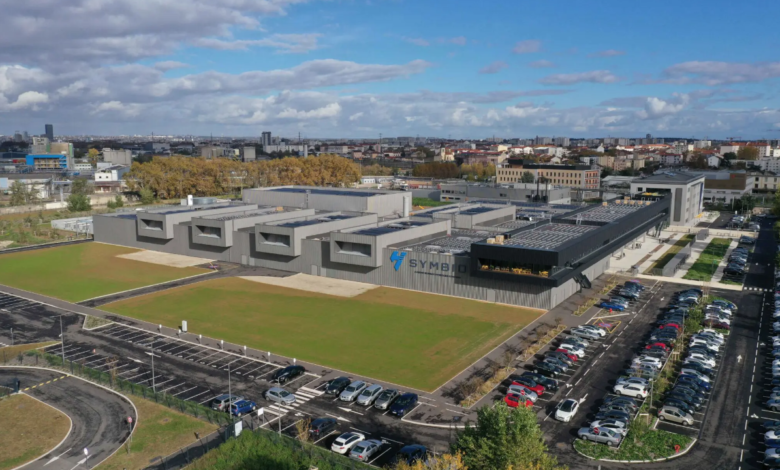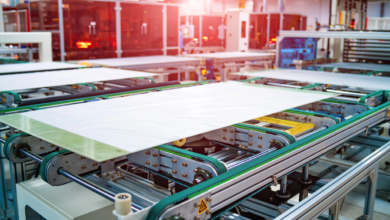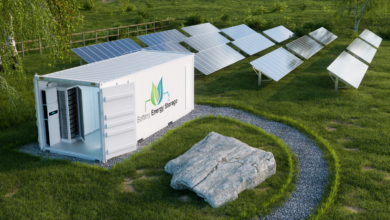Symbio (Stellantis) inaugurates the largest gigafactory of fuel cells in Europe

the site will rise in France and will produce 50 thousand fuel cells the year 2026
It will produce 50,000 fuel cells every year, from 2026, compared to 16 thousand today. In a plant located near Lyon that will be expanded up to 40 thousand m2, of which 7 thousand are dedicated to technological and industrial innovation, and self-sufficient in energy. SymphonHy, the first gigafactory of fuel cells inaugurated yesterday by Symbio, the joint venture between Stellantis, Michelin, and Forvia. Numbers that make it, for the moment, the largest gigafactory in Europe.
The site for the integrated production of fuel cells will host the group’s headquarters, a production plant, an innovation hub serving about 100 engineers and 20 Ph.D. students and the Symbio Hydrogen Academy. “With its cutting-edge technology, SymphonHy has a high level of automation and robotics that supports large-scale industrial production at more competitive costs,” the group writes in a note.
The plans of Stellantis and the gigafactory of French fuel cells
The largest gigafactory of fuel cells in Europe was born within HyMotive, a project of 1 billion euro supported by the European Union and the French government under the Community program IPCEI (Important Project of Scientific Interest). The aim is to accelerate the decarbonization of transport and equip Europe with indigenous production capacity, mitigating the risks associated with global supply chains. “These developments are key to accelerating the introduction of competitive, high-performance hydrogen-powered transport and contribute to Europe’s energy transition and ambition to move towards zero net,” writes Symbio.
The fuel cells of the French gigafactory will be mounted by heavy vehicles produced by Stellantis for the European and North American markets. An important element for the industrial development of the former Fiat. “Supplied by Symbio with its fuel cells, Stellantis will continue to extend its hydrogen supply beyond the medium-sized vans already available in Europe, with large vans, Ram pickups and heavy trucks for the North American market “writes the car manufacturer. Keeping itself aligned to the goal of electrifying its portfolio of vehicles with a range of 320 miles ALVW or 200 miles GCWR and rapid tank refueling, without compromising payload capacity.





